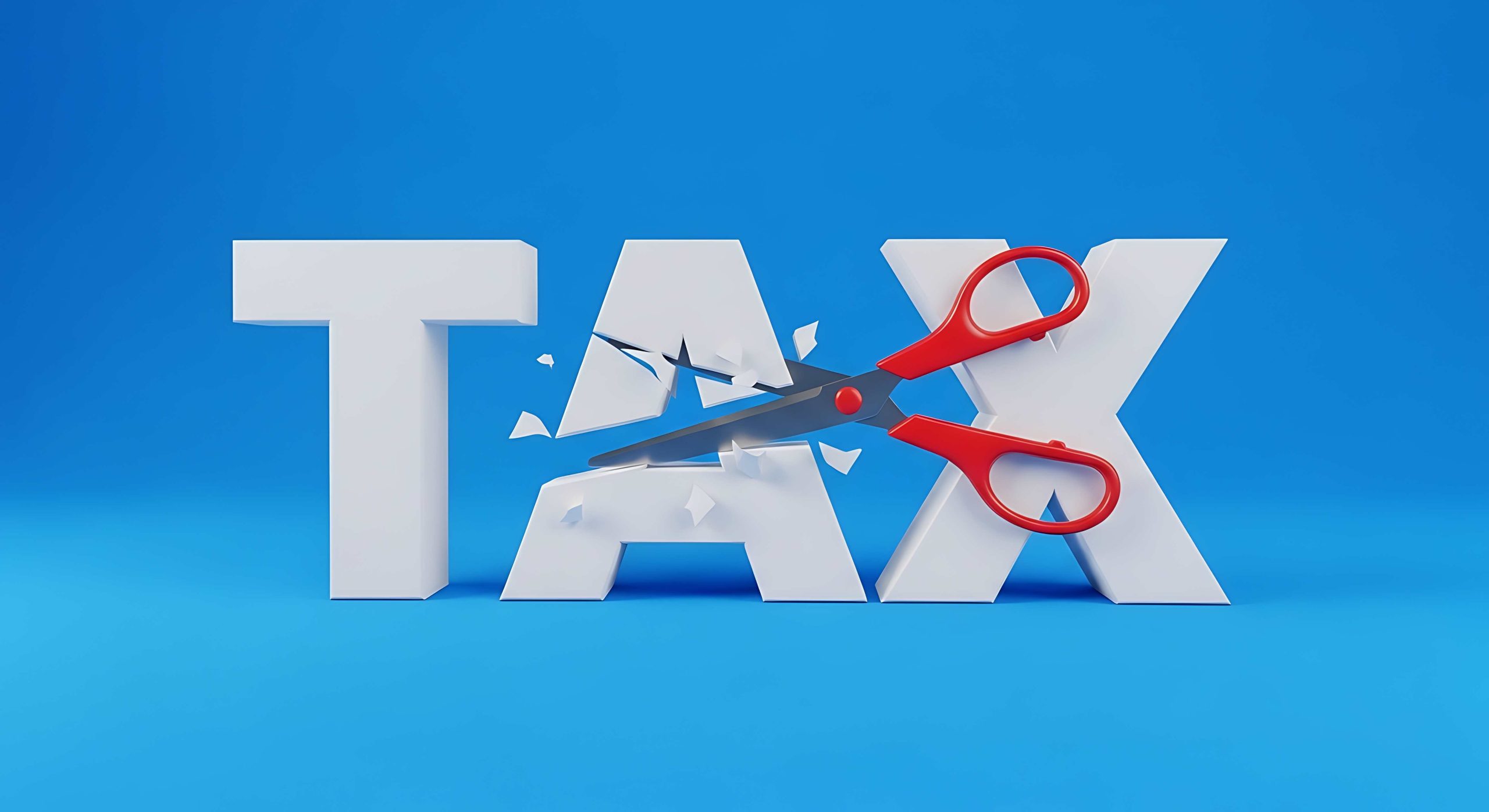How Capital Gain Distributions Work
Mutual funds are required by law to make regular capital gain distributions to their shareholders. This is because the mutual fund does not pay income taxes. Instead, capital gains (net of capital losses) get distributed to the shareholders of the mutual fund. The shareholders then pay income tax (if the mutual fund is owned in a taxable brokerage account) on the capital gains.
The owners of mutual fund shares have the option to take the capital gains distribution in the form of immediate cash payments or to reinvest it in additional fund shares. If the distributions are reinvested, the reinvested amount adds to the cost basis of the fund. Therefore, when the owner sells future shares of the fund, they do not pay tax twice.
Most funds make these distributions to their shareholders in the fourth quarter of the calendar year. The determination of which shareholders receive the distribution is based on the shareholders of record on a certain date. This date, appropriately titled the record date, is announced in advance by the mutual fund so shareholders are aware of whether they are going to receive a distribution.
On first glance, you would think that if you own a mutual fund that is going to pay a capital gain distribution, you want to be sure to own it on the record date. However, this is not the case. Allow me to explain why.
After the fund pays the distribution to the shareholders of record, the price per share (referred to as the Net Asset Value, or NAV) goes down by the same amount of the per share distribution. Because of this, the shareholder of the fund is in the same place as immediately prior to the distribution.
A Capital Gain Distribution Example
The concept above is a bit confusing, so let’s look at an example:
John owns 100 shares of XYZ mutual fund which is priced at $40 per share on November 29, for a total value of $4,000. XYZ mutual fund makes a capital gain distribution of $2 per share to shareholders of record on November 30. John elects to take his distribution via a cash payment. On November 30, the fund makes the distribution and John receives a check for $200. At the same time, the NAV of XYZ fund declines by $2 (to reflect the cap gain distribution) to $38 per share. The value of John’s holdings in XYZ mutual fund is now $3,800 (100 shares X $38 share), a decrease of $200. But you need to add in the cash payment he received of $200 which, when added to $3,800 gives him $4,000. The same would be true if he reinvested the dividend instead of taking cash payments.
There actually is a disadvantage to being a shareholder on the record date if the mutual fund is held in a taxable brokerage account. That is because the cap gain distribution is subject to income tax even though the shareholder is in the same economic position as they were immediately prior to the distribution (as illustrated above).
If, in the example above, John had owned XYZ mutual fund in a taxable brokerage account, he would owe income tax on the $200 distribution, even though his total value was $4,000 prior to and after the distribution.
How to Avoid Paying Capital Gain Tax
Is there a way to avoid this taxable event given that it has no impact on the value of the fund (plus any cash dividends)?
You could sell the fund prior to the record date. Doing so would mean you would not receive the distribution, thus saving taxes. This is the case even though you may have owned the fund the entire year and sold it a day before the record date.
But before you do this, you need to consider any capital gain you would incur by selling the fund before the record date. Remember, just like the sale of a stock, if you sell your mutual fund for more than you paid for it, you have capital gain and would owe income tax on that gain. If the gain is short-term (fund held for less than one year), you would pay tax at ordinary income tax rates. Long-term gains are taxed more favorably.
If the gain on the sale of the fund is greater than the capital gain distribution, then it does not pay to sell the fund ahead of the record date. If the gain is less than the capital gain distribution, or even better, if by selling the fund you realize a capital loss, then it makes sense to sell the fund prior to the record date.
Remember the tax issues only apply to mutual funds owned in taxable accounts. Capital gain distributions for mutual funds held in IRAs or Roth IRAs are not taxable events, so there’s no need to worry about those transactions.
It would be nice to know ahead of time what the record date is and how much the fund expects to distribute so that you can make the calculation to see if it makes sense to hold the fund or sell it before the record date.
Fortunately, most funds do make this information available this time of the year. The easiest way to find out is to go to the fund website and search for “2021 capital gain distribution estimates.” The information should be available to you.
For 2021, there are many funds who expect to distribute a modest amount of capital gains to their shareholders (1-4%). There are some funds however, that expect distributions much higher (10-15%), which makes it worthwhile to look at your funds to see if there are sales you can make to reduce the tax you are going to owe in 2021.



